July 01, 2025
The "R"-Word - We Need to Reconsider Our Stance on Watch Restoration!

Marcus Siems @siemswatches
Collector, Author, Data Analyst
Yes, we're talking about the "R" word. The unword of the vintage watch community that is only muttered behind closed doors. A process so dirty that it is to some equivalent to fraud. I don't want to be too hyperbolic but - be honest - what's your gut feeling when hearing "xyz has been restored"?
 A 1960s Rolex Submariner 5512 with potential replacement bezel insert, crystal and clasp. The watch is depicted in the Rolex Submariner book and the parts have been pointed out by [Perezcope]. Photo Courtesy of "Oyster Perpetual Submariner - The Watch that Unlocked the Deep", Nicholas Foulkes.
A 1960s Rolex Submariner 5512 with potential replacement bezel insert, crystal and clasp. The watch is depicted in the Rolex Submariner book and the parts have been pointed out by [Perezcope]. Photo Courtesy of "Oyster Perpetual Submariner - The Watch that Unlocked the Deep", Nicholas Foulkes.
But is the reputation warranted? I would like to go in a completely different direction and argue that we need restoration in our world. Moreover, we need to embrace it. We need to take it out of the twilight zone and into the spotlight. It will only help all of us discussing, understanding and enjoying vintage watches more.
1) Wearing is joy - so restoration is a necessity
Pragmatically speaking I love to wear my watches. Many people do and frankly that's what they're meant to do. In my humble opinion that's the joy of having such intricate mechanical objects. We all tend to think about the high-end historically important timepieces that should be handled with care to be kept alive and well for generations to come. And objectively that's probably the 0.1% of all watches. The average Joe and Jane shouldn't feel hard pressed to keep their (vintage) watches in new-old-stock condition*. You wear your Omega Constellation, IWC Ingenieur, Cartier Tank, UG Polerouter or Rolex Oyster Perpetual... that's what they're meant for.
So, with wearing comes wear ... but what next?
 An example of well-made and transparently communicated restoration can be found in Phillips Geneva sale from May 2019. This is a unique 1940 Vacheron Constantin Minute Repeater with retrograde calendar. Both the original and a faithfully restored dial were provided with the watch and the entire process was public and visible with the lot description. That appears to be one potential way moving past the restoration stigma. Photos Courtesy of Phillips Geneva.
An example of well-made and transparently communicated restoration can be found in Phillips Geneva sale from May 2019. This is a unique 1940 Vacheron Constantin Minute Repeater with retrograde calendar. Both the original and a faithfully restored dial were provided with the watch and the entire process was public and visible with the lot description. That appears to be one potential way moving past the restoration stigma. Photos Courtesy of Phillips Geneva.
Let's keep the premise that wearing is joy. Conversely, this means that you'll need to look after your wrist-wonders to have a long lasting experience**. That's relatively clear when we consider functionality but what about the aesthetics? It be a good sign when you want to get your heirloom back to its old glory. The oh-so-often mentioned "barn find" obviously needs some handling as well. So, where's the stigma stemming from?
2) Originality, communication, execution - the three hurdles
Watch restoration has a bad reputations. I see three main issues at the root cause of this PR fiasco: 1) you jeopardize originality. 2) We see bad executions. 3) And unfortunately we know of too many cases where restoration was used to disguise, to add the It-factor to an average watch.
 Sometimes your only options are restoration or trash can... Restoration is the far more satisfying option (imho). Photo (and related story) Courtesy of GQ.
Sometimes your only options are restoration or trash can... Restoration is the far more satisfying option (imho). Photo (and related story) Courtesy of GQ.
Originality. The main question (and uncertainty) when dealing with vintage watches is originality. Is the dial design you see period correct? Are these the correct hands, crown, logo, etc.? Are the case, the polishing and all the angles sharp? Generally, have all of the components been together since the watch left the Swiss manufacture? These are factors that add monetary as well as intrinsic value for the watch connoisseur and watch restoration might tamper with these aspects. But most importantly, restoration is irreversible.
Execution. We all have seen several of these 1940s watches with green glowing lume. Or dials that look like my 5-year old drew the numerals ([Hodinkee]). Restoration shouldn't be visible at all but of course we'll notice and remember predominantly truly bad ones.
Disguise. Imagine having two watches that seem to be exactly the same. However, one was faithfully restored to its period correct appearance and the other is genuinely untouched. Which of the two do you assign a higher value? Of course the genuinely "untouched" example because good original condition in any old object is another form of rarity (advocated by Eric Wind [here],[here]). If you want to sell your soul (and reputation) for the quick dollar there's definitely financial interest in disguising a restored watch as "untouched".
 The most popular example of fraudulent and disguised "restoration" was the record-breaking Omega Speedmaster 2915-1, a Frankenstein watch that sold for $3.4 Mio. back in November 2021.
The most popular example of fraudulent and disguised "restoration" was the record-breaking Omega Speedmaster 2915-1, a Frankenstein watch that sold for $3.4 Mio. back in November 2021.
3) How could we move forward?
Arguably, (aesthetic) restoration is always a compromise. We need to balance originality and visual appeal (see also [Phillips]). It is historical correctness versus wearability and in a perfect world we would get both at the same time but that sounds like an utopia.
 This is indeed the very same watch with the same dial. On the left how it was sold in 1999 at Antiquorum Geneva and on the right in May 2018 when it hit the auction block again at Phillips. In the meantime the owner made quite some effort to get the dial back in outstanding condition. As Phillips lets us know he worked with experts at Cadraniers de Geneve (the successor to Stern Freres) for maximum authenticity. Photos Courtesy of Phillips.
This is indeed the very same watch with the same dial. On the left how it was sold in 1999 at Antiquorum Geneva and on the right in May 2018 when it hit the auction block again at Phillips. In the meantime the owner made quite some effort to get the dial back in outstanding condition. As Phillips lets us know he worked with experts at Cadraniers de Geneve (the successor to Stern Freres) for maximum authenticity. Photos Courtesy of Phillips.
Yes, I get the point on radical originality*** and there's value and merit in it. I personally devalue a watch the moment I spot a 'redial', a wrong crown or even learn from the archive extract that some components have been changed by the manufacturer... But maybe we need to reconsider this attitude (together!). I love 1930s and 1940s design but these pieces don't hold up well against wear and 'the elements'. In the long run we won't be able to keep all precious watches in wearable shape.
So when it is necessary to look after your watches why do we have to build up all the emotional hassle attached to it?
My take is: Use the three hurdles outlined above and you clear them. 1) Restoration needs to lean heavily into the original design and procedures. 2) It needs to be done with an excellent quality. 3) Whenever any form of restoration is done, it needs to be communicated openly what was done and in a way that the information won't get lost in time... and additionally, don't hype an elusive 'untouched' concept - NOS-untouched-unworn-unpolished - that's not really helpful anyways.
 That's how it would need to be done: Original design, period-correct parts, done with excellence and (most importantly) communicated transparently. Original tools, original parts (or remodelled after the period-correct), original procedures. No hiding, no BS, no more green lume on 1940s watches. Photos Courtesy of Antiquorum.
That's how it would need to be done: Original design, period-correct parts, done with excellence and (most importantly) communicated transparently. Original tools, original parts (or remodelled after the period-correct), original procedures. No hiding, no BS, no more green lume on 1940s watches. Photos Courtesy of Antiquorum.
4) Why it matters to foster honest restoration initiatives
Faithful, well done and transparent - the keywords of the hour and the holy trinity of watch restoration. One without the others won't get us anywhere. It sounds impossible, implausible and impractical ... and maybe it is (today). If we imagine having all watches that are badly (or secretly) restored being worked on with the highest standards today you'd probably have to pay more for a restored watch than for an original "NOS" (bah) watch.
But that is also exactly the point that I'm after. As long as we (the watch community) don't support and acknowledge good restoration the matter will stay a black market type of scenario. So who should invest in that or related infrastructure?
Already for the 'standard' watch service tasks we're running out of qualified personnel. Over the last years the number of watchmakers is declining dramatically in the US ([unpolished],[WoE]) and Switzerland ([watchonista]). On top, the watchmaking apprentices at the moment are more and more taught to 'simply' service a watch but don't learn the micromechanics - the skills needed to make new components (gears, hands, dials, etc.) from scratch ([unpolished]).
 What to do when the part you need isn't available anymore? Micromechanics would help but less and less watchmaking apprentices are taught in this pivotal field. Photo - burnishing a pivot - Courtesy of Nathan Bobinchak.
What to do when the part you need isn't available anymore? Micromechanics would help but less and less watchmaking apprentices are taught in this pivotal field. Photo - burnishing a pivot - Courtesy of Nathan Bobinchak.
Without a big market no one will invest - time, money or innovation. Honestly, the market is huge. The dark figure for restoration needs is likely a lot higher than we imagine. Badly restored watches won't make it to social media, while the good ones will fall through the cracks when seen in a short wristroll alone. Let's open our eyes.
And with open eyes we'll notice many new opportunities. Several companies have started to make amazing and historically faithful restoration possible.
Lapinist. A small polish watch studio run by self-taught (Grand) Seiko restorer and case magician Kamil that has dedicated its work to recreate the perfect Zaratsu finishing the Japanese brand. Countless hours and of practice and tool-making went into the process, something that won't be available without a passionate collector and restorer. It's quite unique to find someone like this in Europe and it deserves nothing but respect (see also [Fratello]).
 Historically faithful and amazingly executed restoration of a Seiko 5646-7030 case by Lapinist Watch Studio. Photos Courtesy of Lapinist.
Historically faithful and amazingly executed restoration of a Seiko 5646-7030 case by Lapinist Watch Studio. Photos Courtesy of Lapinist.
Cadraniers de Genève. Moving from cases to dials. The successor to the renowned Stern Freres dial making empire "Cadran de Genève" is continuing the legacy of one of the most important watch part suppliers of the last Century. While keeping history and original craft alive 25 professional restorers are working to recreate the original aesthetic appeal of for example vintage Patek Philippe watches but also realizing new dials for F.P. Journe and Vacheron Constantin ([Phillips]).
Tortella & Sons and Timepiece Grading. A missing piece in the watch community is a unified grading system to keep restoration and condition reports transparent and available over time. We're far from this becoming the norm as with other collectibles. There are several reasons for that but the first steps are taken. Third-party grading and agreed-upon industry standards will help keeping restoration transparent and consistently reported ([TGS],[RobbReport]).
 Ending the article with an example of a good and faithful Submariner restoration. Photos (and story) Courtesy of A Collected Man.
Ending the article with an example of a good and faithful Submariner restoration. Photos (and story) Courtesy of A Collected Man.
5) Conclusion
The point is that if we acknowledge restoration as an integral part of the (vintage) watch landscape more initiatives, more professionals and more opportunities will evolve. It'll become easier to get good results that are worth sharing, affordable for your daily vintage watch and making you proud of saying "Yes, it's restored". Every watch starts as brand new but the fun comes with wearing - good restoration only extends the fun.
All in all, it's not restoration per se that is the problem. It is dusguising restoration, the shady practice of selling a pig in a poke and our very human tendency to not honoring natural aging in all its forms. It won't be solved within the next months or years but it maybe with a bit of good PR we can foster innovations and feasibility of good restoration practices at scale! (See also other excellent articles on the matter by [unpolished], [A Collected Man] and [Phillips])
Footnotes
* It's sad actually to see watches that hadn't been worn and loved for 50+ years (imho)... Because that's what true NOS means.
** I'm speaking from experience and anecdotes here but two relatively modern attitudes meet here as well. 1) It's a fast-paced world and so is fashion. Watches, as part of your attire, need to move as quickly and you may not exactly think about them as long lasting. 2) The 2022 narrative of "watches as investments" and that they can be transactionally moved swiftly because everybody wants them somehow persists (to some extent). This means that the necessity to think about watches as staying in your collection for longer has been affected, too.
*** By the way, how did we define what components are ok to replace and which not? New gears, new straps or bracelets, new glass are fine but the crown isn't? For a manually wound watch it's probably the most worn out piece of metal in that entire watch.
All rights on text and graphics reserved to the Author.



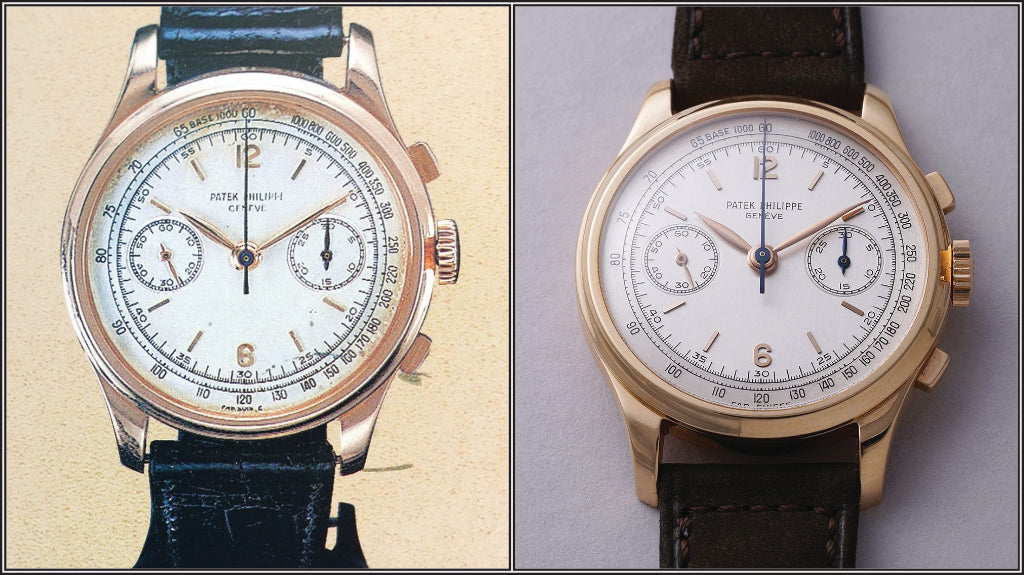
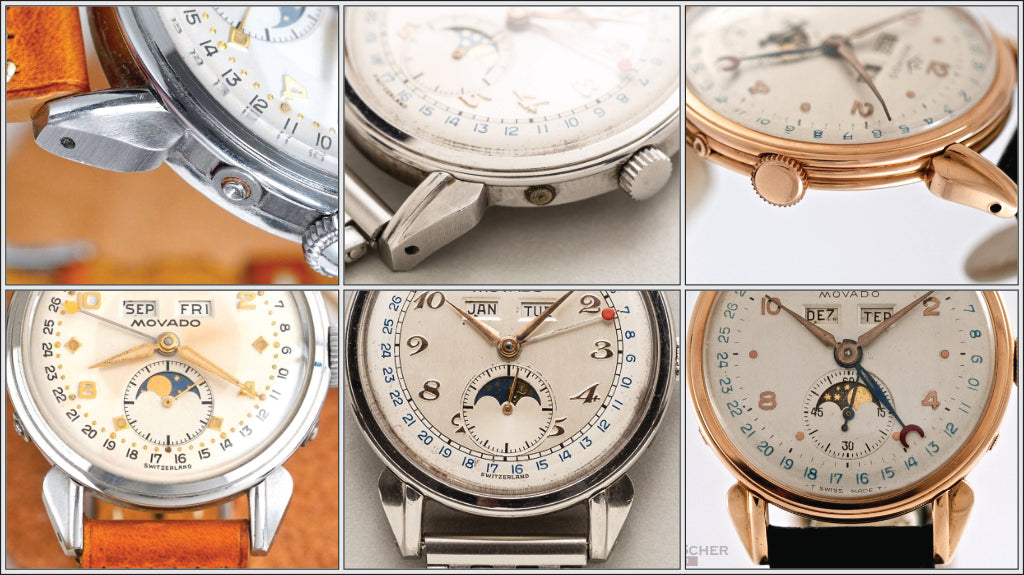







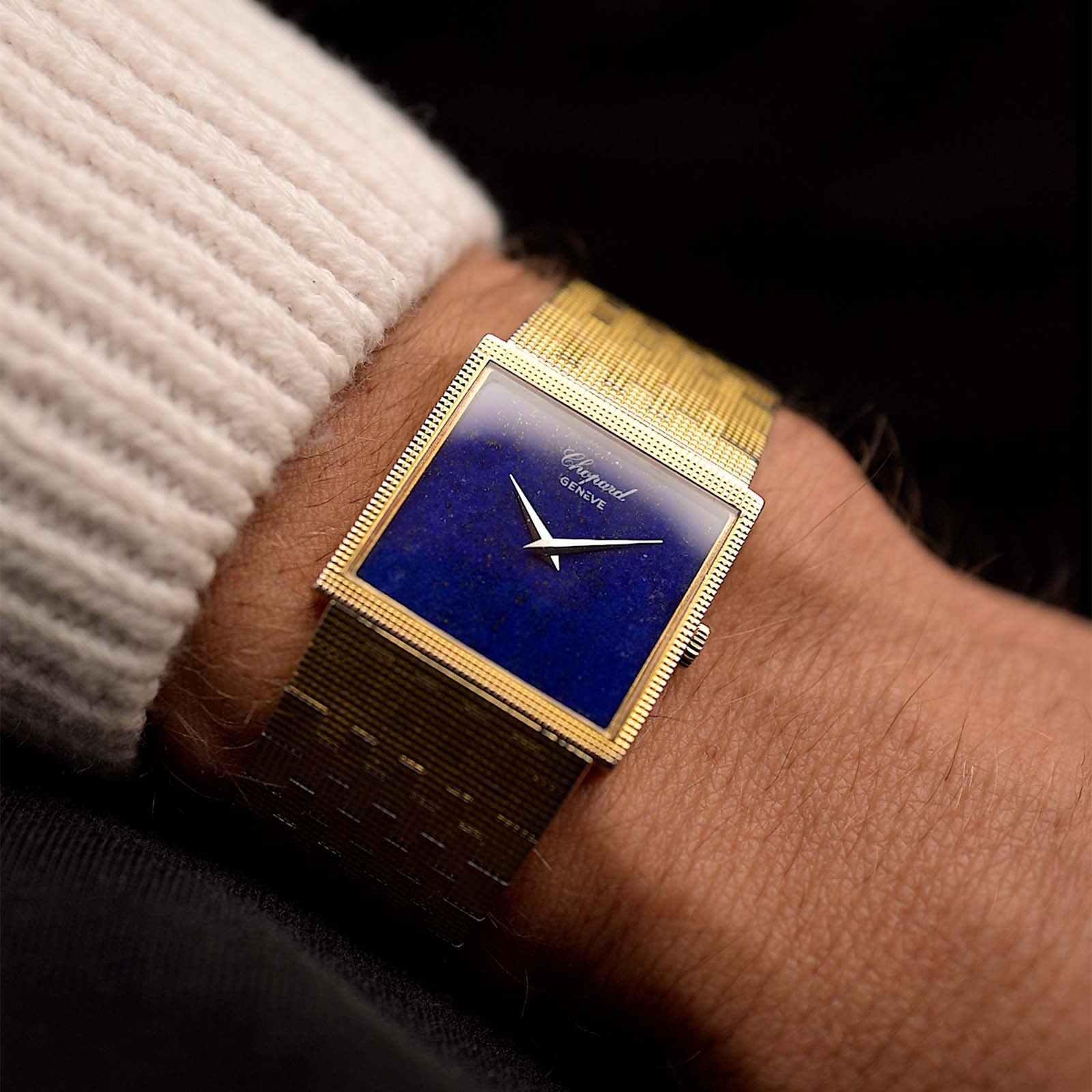







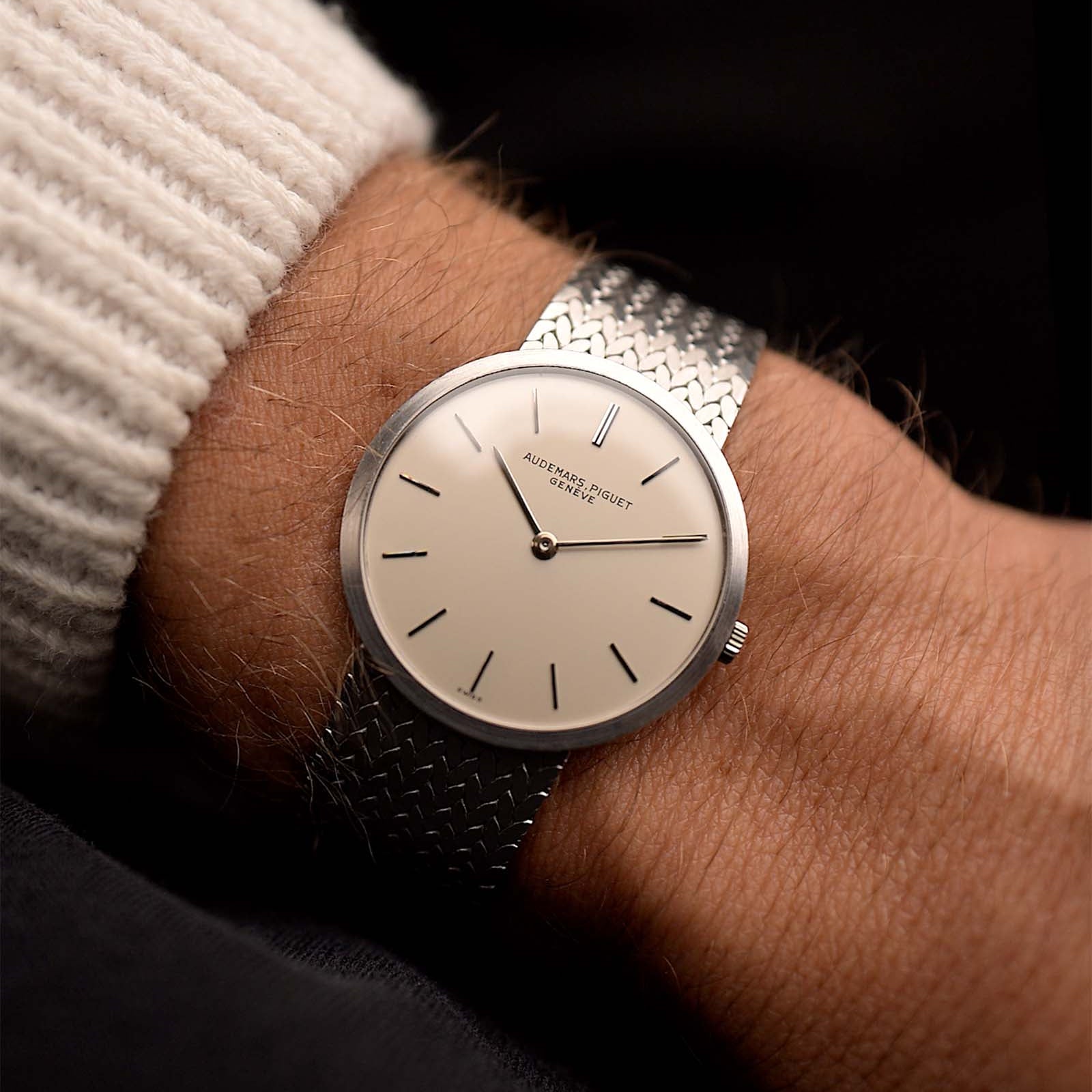



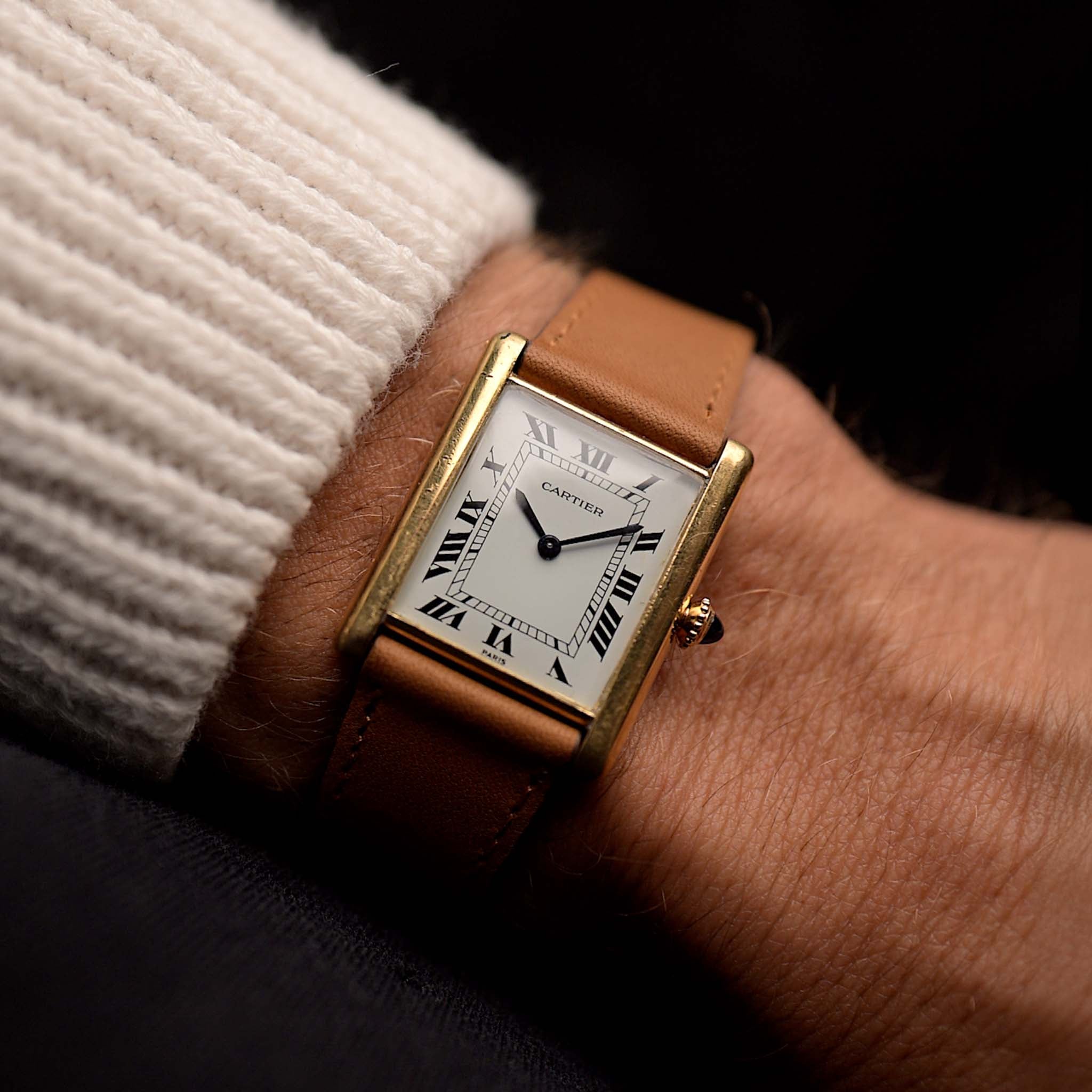


3 comments
I agree pretty much 100% with Marcus on this issue.
As an aside, it seems OK to restore a Vintage Car without seeing an 80% loss in value. Why not a vintage timepiece?
ALSO – I totally agree on the ‘fun to wear’ aspect.
Frankly, I think Tropical Dials are just plain UGLY! (Ever hear the story about ‘The Emperors Clothes" – when he was walking around naked and showing off his new clothes and then a young person said "He’s Naked") Well – Tropical Dials to me are like The Emperors Clothes…not Naked but UGLY.
I prefer something that really looks almost new – doesn’t have to be ‘crispy’ but it does need to be ‘attractive’ and if it shows modest signs of honest wear – so much the better.
Additionally, many people are attracted to Vintage Watches because they just can’t afford New Ones. However, with this economic decision – they still want something that Looks Great.
As for me as a Dealer, if somehow an Ugly Watch falls into my hands, I will probably sell it immediately as-is on an auction site and be done with it as I just don’t want to go through the brain-strain of spending money, having it restored. disclosing it openly and then having to explain that I did it to make it attractive and fun to wear.
Finally, an Ugly Watch probably won’t sell – ever.
So, I think I’ve made my position clear – I’m in favor of wearing restored watches and, on occasion, I do wear them.
I will NOT restore a watch for the reasons I’ve discussed.
I like attractive watches and think they are more fun to wear.
When I am in a room with a bunch of 45 year old gentlemen each wearing their brand-new “me too” Rolex GMT’s that look shiny and new – I don’t want to have to apologize for my Ugly Vintage Watch and prefer to have on an Attractive Vintage Watch – even if restored – which, I believe has more soul and says a bit more about my discernment – Vintage (not everybody gets it) vs New – (anybody can buy one)
Visa
[url=http://www.gz5mm7y0w2xcdyl5r14lh8m5x5193529s.org/]uwsfgzilmq[/url]
awsfgzilmq
wsfgzilmq http://www.gz5mm7y0w2xcdyl5r14lh8m5x5193529s.org/
Visum
enrfjdwt http://www.ghut89t0p02zo21zg035ad1l326c8p1ys.org/
[url=http://www.ghut89t0p02zo21zg035ad1l326c8p1ys.org/]uenrfjdwt[/url]
aenrfjdwt
Leave a comment